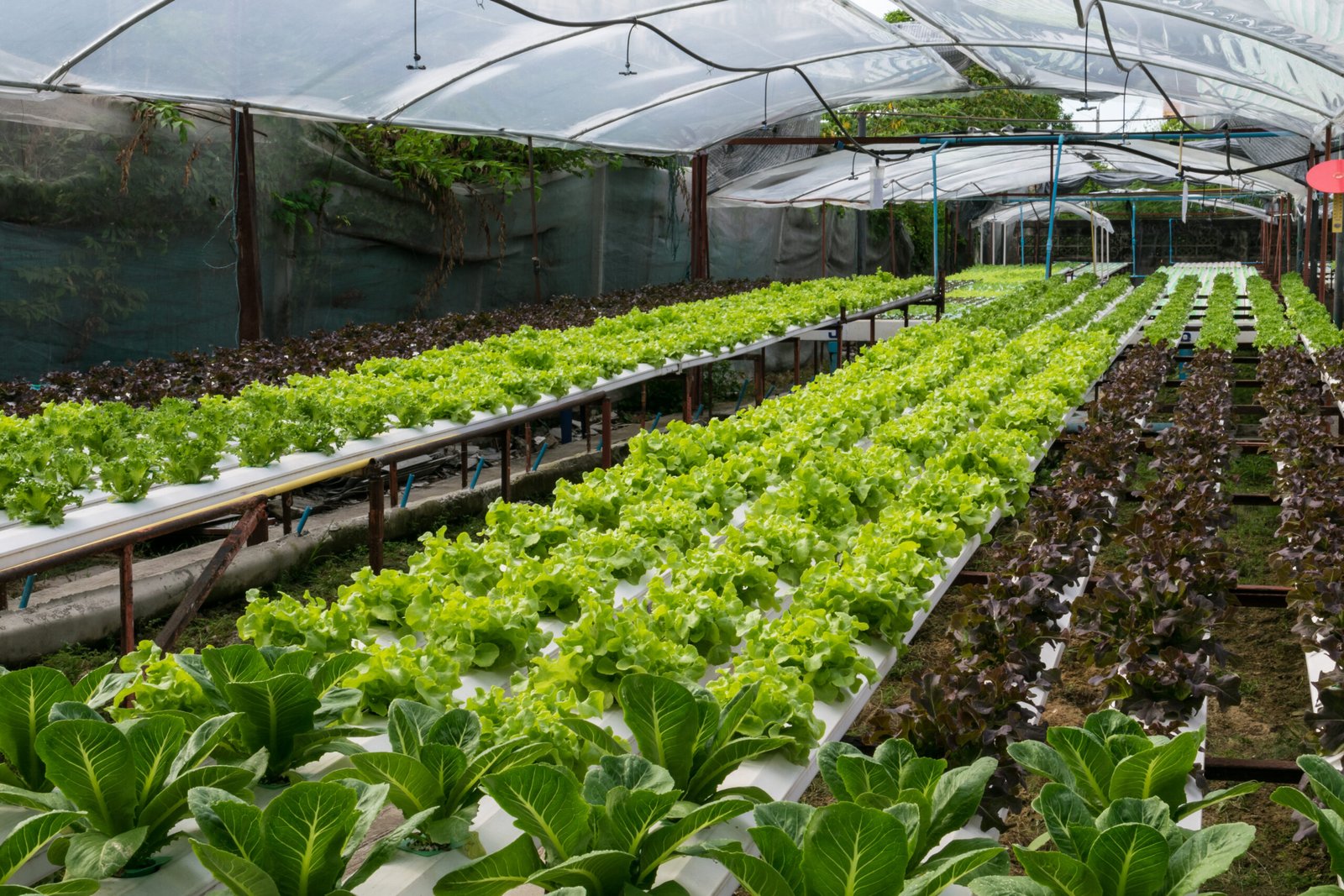Coco peat is a valuable medium in hydroponic systems, known for its water retention and aeration properties. However, buffering coco peat is a crucial step often overlooked. This guide will explore why buffering is essential for Jyoti Hydroponics, the process involved, and its applications in soilless growing.
⚫ Understanding Coco Peat:
Coco peat, derived from coconut husks, is prized for its sustainability and suitability as a growing medium. Its ability to retain moisture while providing ample aeration makes it ideal for hydroponic setups.
⚫ The Need for Buffering:
Buffering coco peat in Jyoti Hydroponics ensures optimal pH levels for nutrient uptake. Unbuffered coco peat may have varying pH levels, affecting plant health and Nutrient availability.
Moisten coco peat and add buffering agents like calcium carbonate to adjust pH levels. Thorough mixing and monitoring pH are crucial steps. Buffering agents counteract coco peat acidity, creating an optimal environment for plant growth.
⚫ Essentiality of Buffering:
Maintaining proper pH in Jyoti Hydroponics fosters efficient nutrient absorption and prevents nutrient imbalances. Buffered coco peat promotes beneficial microorganism activity, enhancing overall plant health.
⚫ Applications in Jyoti Hydroponics:
Buffered coco peat serves as an excellent medium for seed germination and containerized hydroponic systems. Its water retention properties make it ideal for Jyoti Hydroponics setups, ensuring consistent nutrient delivery to plants.
⚫ Conclusion:
Buffering coco peat is vital for maximizing plant growth in Jyoti Hydroponics. By understanding the buffering process and its significance, hydroponic enthusiasts can optimize plant health and productivity in their systems.





0 Comments